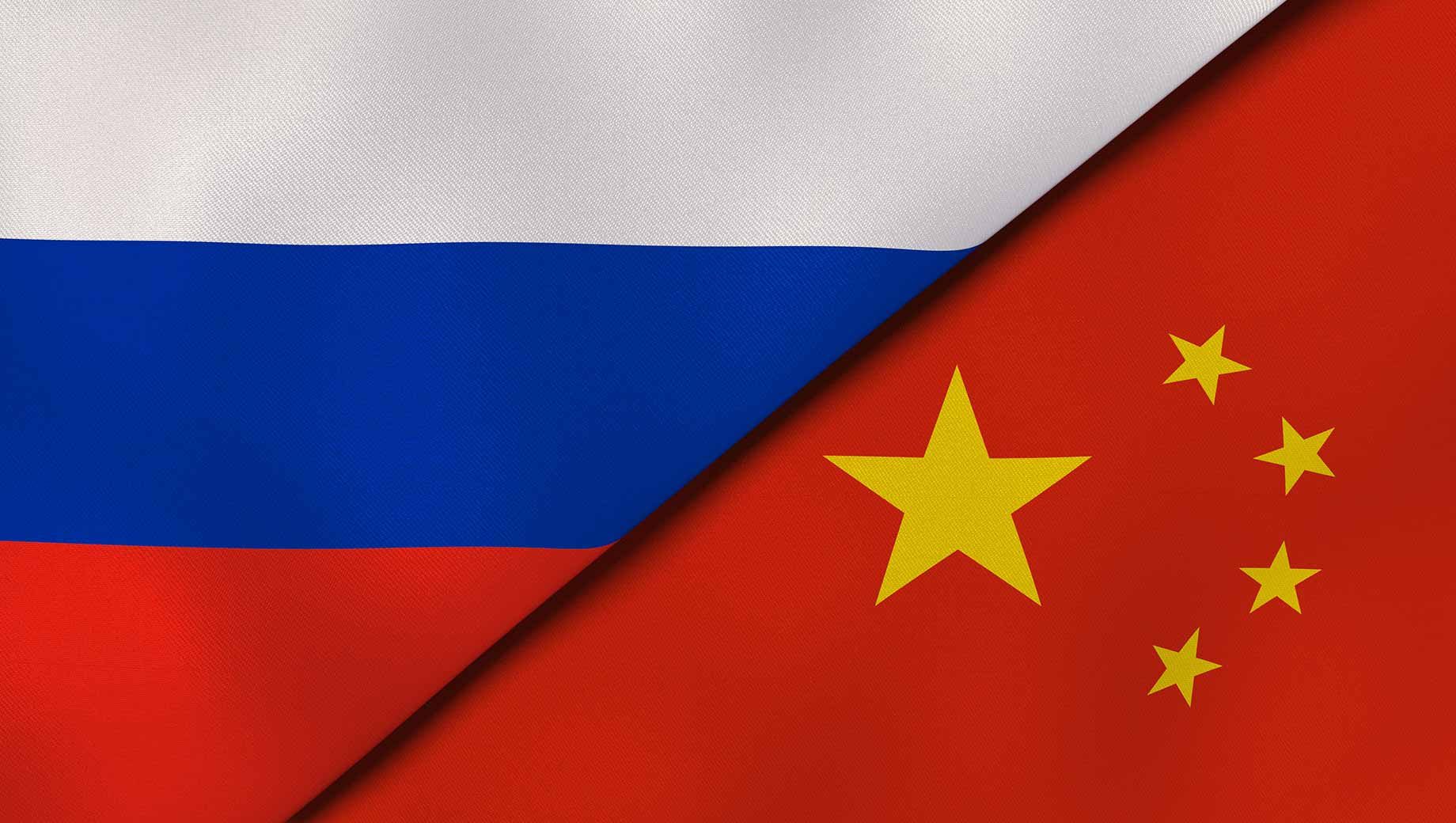China, Russia Carriers to Ship Gas on Arctic Route

China and Russia to Use Arctic Route for Gas Shipping
China and Russia have announced plans to use the Arctic route for shipping natural gas from Russia to China. This move could significantly reduce shipping times and costs compared to traditional shipping routes, while also helping to develop the Arctic region as a major shipping hub.
The route, known as the Northern Sea Route, runs from the Atlantic to the Pacific through the Arctic Ocean. The shipping lane is becoming increasingly accessible due to melting sea ice, making it an attractive option for shipping companies looking to cut costs and reduce shipping times.
China National Petroleum Corporation (CNPC) and Russia's Novatek have signed a deal to use the Northern Sea Route for shipping natural gas from the Yamal Peninsula in northern Russia to China. The agreement marks a significant milestone in the development of the Arctic route as a key shipping hub.
Using the Arctic route for gas shipping could significantly reduce shipping times and costs compared to traditional routes, which involve passing through the Suez Canal or around the Cape of Good Hope. The Northern Sea Route could also help to reduce the environmental impact of shipping, as it is a shorter route with lower emissions.
However, there are also concerns about the risks of shipping in the Arctic, including the potential for accidents and environmental damage. The region is also politically sensitive, with several countries laying claim to the region and disputes over territorial rights.
Despite these challenges, the use of the Northern Sea Route for gas shipping is expected to grow in the coming years. China and Russia are both investing heavily in developing the route, with China's Belt and Road Initiative and Russia's Northern Sea Route Development Plan both focused on expanding shipping in the region.
The development of the Arctic route as a shipping hub is also attracting interest from other countries, including the United States and European Union. However, there are concerns that the increasing competition in the region could lead to conflicts and tensions between countries.
Overall, the use of the Arctic route for gas shipping represents a significant shift in the global shipping industry. While there are challenges and risks associated with shipping in the Arctic, the potential benefits in terms of reduced shipping times, costs, and environmental impact are significant. As the Arctic region continues to open up, it is likely that more companies will look to take advantage of the Northern Sea Route and other Arctic shipping lanes in the years to come.


